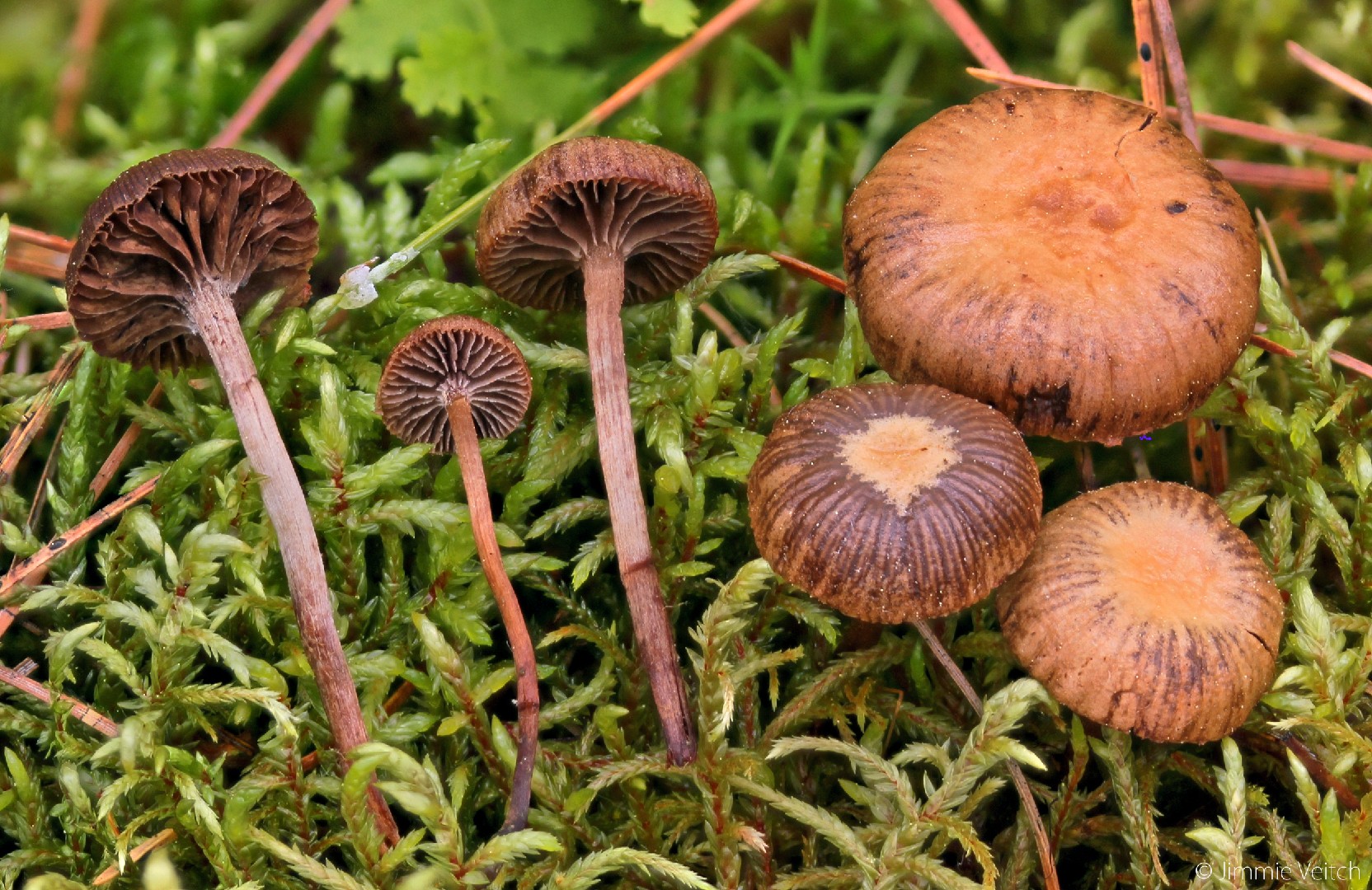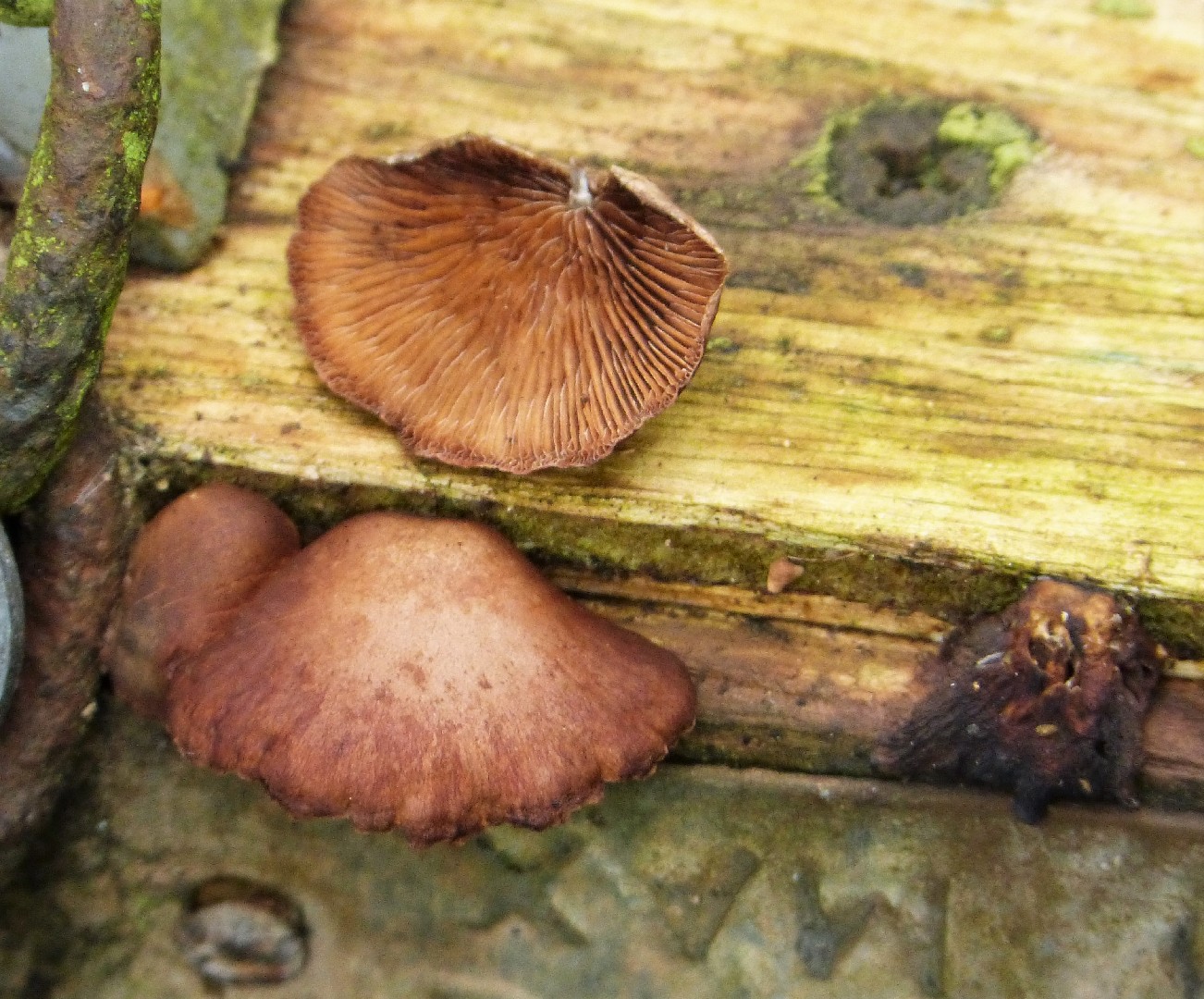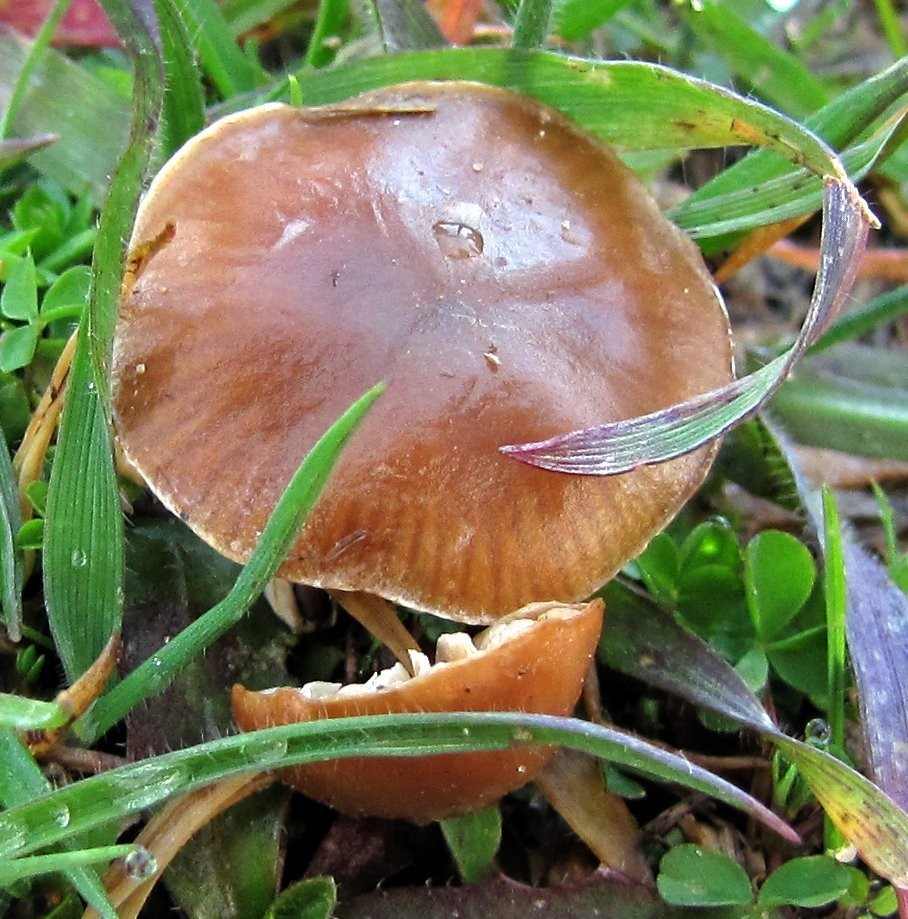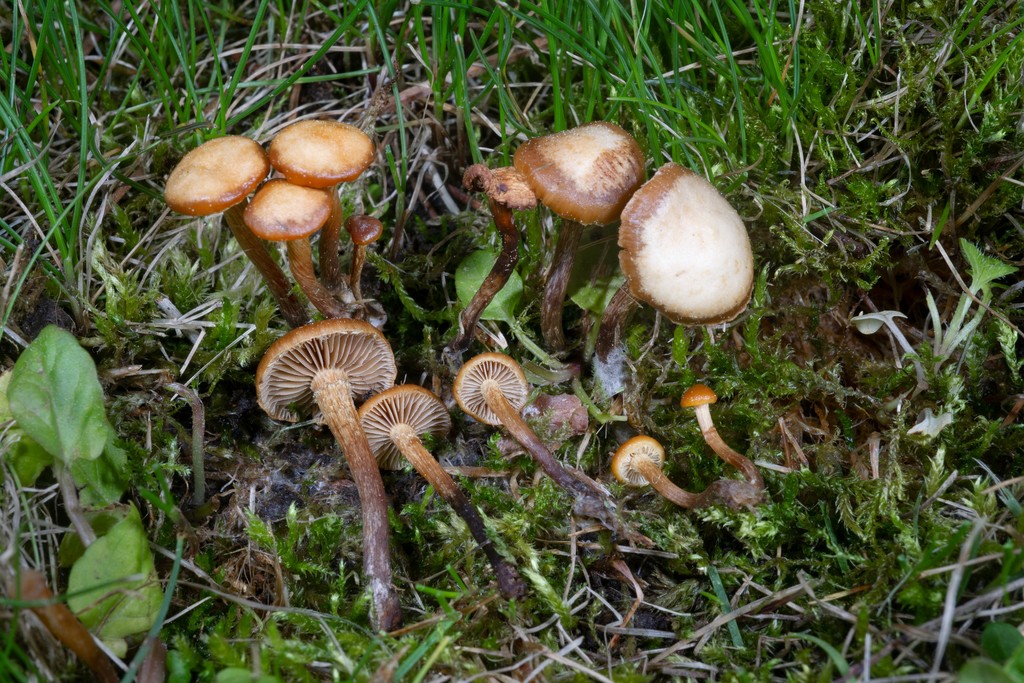Deconica
Nom scientifique: Deconica
Deconica
Nom scientifique: Deconica
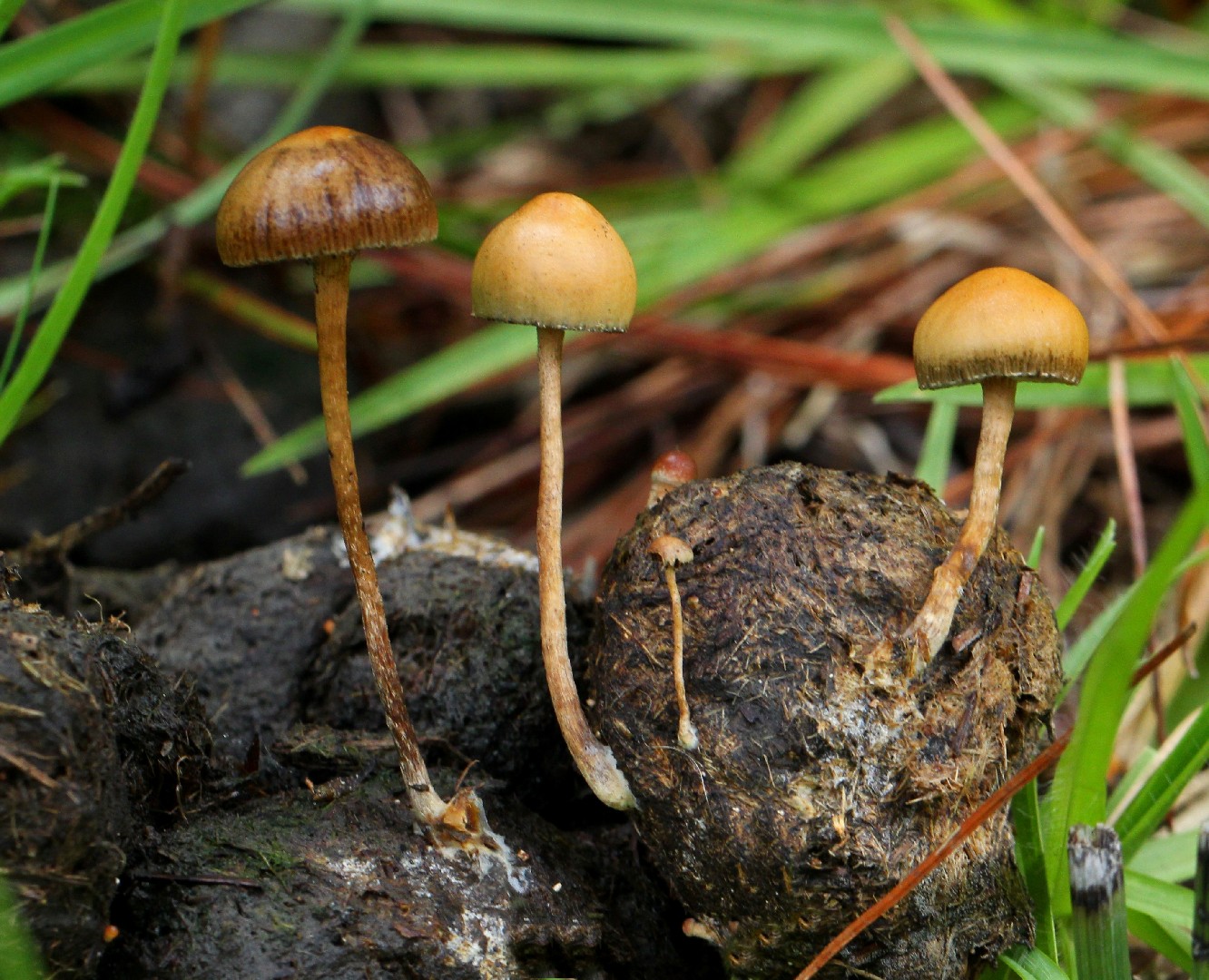 Photo By Alan Rockefeller (Alan Rockefeller) , used under CC-BY-SA-3.0 /Cropped and compressed from original
Photo By Alan Rockefeller (Alan Rockefeller) , used under CC-BY-SA-3.0 /Cropped and compressed from original La description
Deconica est un groupe intéressant de champignons souvent trouvés de manière dispersée, grégaire ou en anneaux dans les zones herbeuses. On peut parfois les voir pousser sur du fumier ou dans d'autres habitats divers. Ces champignons de petite à moyenne taille ont généralement des chapeaux convexes à en forme de cloche et sont connus pour leur résilience dans divers environnements. En décomposant la matière organique, deconica joue un rôle vital dans le cycle des nutriments et le maintien de la santé de leurs écosystèmes.
Espèces de Deconica

 Photo By Alan Rockefeller (Alan Rockefeller) , used under CC-BY-SA-3.0 /Cropped and compressed from original
Photo By Alan Rockefeller (Alan Rockefeller) , used under CC-BY-SA-3.0 /Cropped and compressed from original 